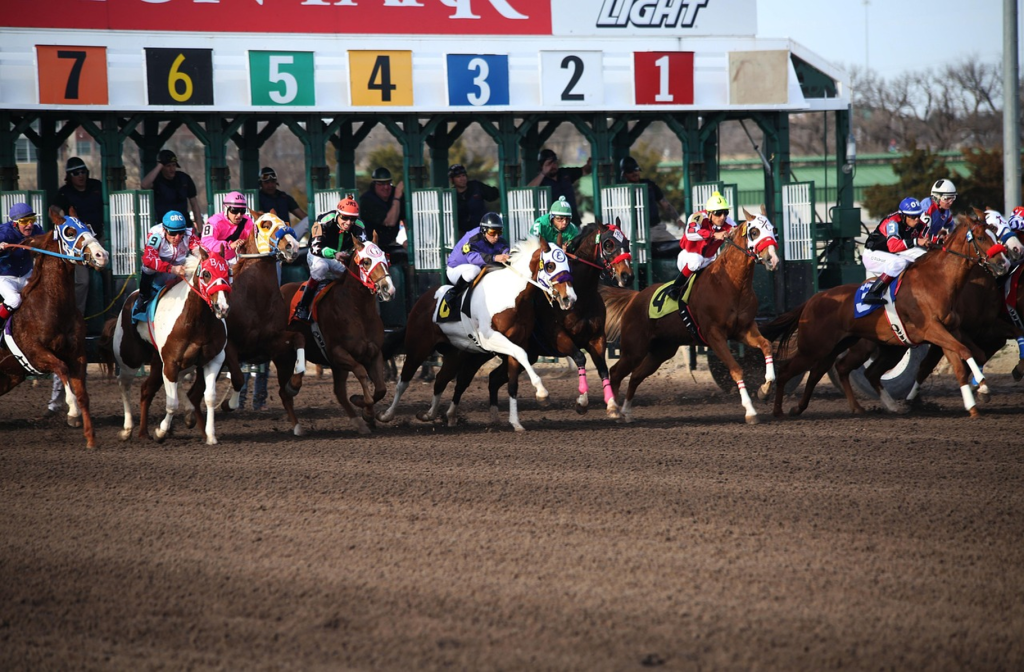
The Preakness Stakes 150 promises another thrilling leg in the American Triple Crown, and UK punters are increasingly eager to get in on the action. However, betting across time zones introduces complexities that demand a sharper edge. From understanding local broadcast timings to catching late-breaking updates, UK bettors must take a calculated approach to stay competitive when wagering on one of the biggest race days in North America.
Preparing Ahead: Time Zones and Scheduling Matter
The Preakness Stakes traditionally runs in the early evening in Maryland, which places post time close to midnight in the UK. That creates two challenges: fatigue and timing. Tired minds make poor betting decisions, especially when reacting to late market changes. The time zone difference also means British punters must manage their evening wisely—research needs to be wrapped up well before the final betting flurry begins.
Planning your betting window is key. Set aside time during the afternoon to review form, past performances, and expert analysis. Most American racing coverage releases updates throughout the morning (US time), which aligns with mid to late afternoon in Britain. Use that window to absorb trainer comments, scratch announcements, and weather-related track updates. This is particularly crucial for the Preakness, where a sudden downpour can shift the entire landscape of a race built around pace and positioning.
Why Pre-Race Research Is Twice as Important
When betting remotely, the lack of visual access to the paddock or parade ring puts greater weight on research. UK punters can’t rely on body language or trackside whispers. Instead, success comes from understanding the form cycle, knowing which horses are peaking, and recognising which jockey-trainer pairings have travelled this road before.
Preakness fields are typically tighter than the Derby, with fewer unknowns. That means every detail counts. Past performances on American dirt surfaces, stamina over nine and a half furlongs, and ability to handle pace pressure are all critical to evaluate. Look closely at horses coming from the Kentucky Derby. How did they fare late in the race? Were they wide throughout? Did they show a fight in traffic? These are the clues that can’t be seen on a static betting screen but make the difference when analysed with intent.
Trainer intent also matters. Not every stable targets the Preakness with full force. Some skip it entirely, while others use it as a launching pad for a summer campaign. Following US racing media like DRF, BloodHorse, or Paulick Report in the build-up helps punters read between the lines. Knowing a horse has been pointed at this race, trained specifically for Pimlico, or worked strongly on Tuesday morning can make all the difference.
Tracking Late News and Market Signals Remotely
Because odds on US horse racing follow the pari-mutuel system, the final price isn’t locked in until betting closes. That’s especially important during a high-stakes event like the Preakness. Late moves are not just fluctuations—they’re often indications of sharp money shifting the market. For UK punters, that final surge in wagering typically hits after 11:30pm. Remaining focused and alert at that hour is essential, as it’s when the most revealing signals emerge. Horses attracting strong late betting action usually do so for a reason. It might be due to insightful paddock observations. Sometimes, it’s a last-minute rider change or a shift in track conditions. These movements often reflect informed confidence from sharp bettors or insiders.
To manage this from abroad, leverage mobile notifications or follow respected US racing analysts on social media platforms. They frequently report on last-minute trends, including gate-side behaviour or late jockey switches. The live markets for Preakness 2025 betting can shift dramatically in the final five minutes before post, often reshaping perceived value. Recognising and interpreting these late cues is what separates casual play from professional strategy. The sharpest punters treat this final window not as a rush, but as a decisive moment.
Understanding Bet Types Across Markets
While many UK bookmakers offer fixed-odds markets for the Preakness in the lead-up, the true odds at post time are determined by the American tote. This is where confusion can arise. A horse backed at 8/1 in the UK could go off at 5/1 or 12/1 depending on last-minute activity in the US pools.
The best way to adapt is by treating early fixed-odds bets as a hedge, then reacting to real-time tote shifts closer to post. Betting exchanges and live markets can help bridge the gap. Watch for significant divergences between UK prices and US pool odds. If a horse is holding firm with British bookmakers but plummeting on the American board, someone on the ground has seen something worth acting on.
Also consider which bet types work best when playing abroad. Straight win and place bets are easy enough, but exotics like exactas and trifectas often have dramatically better payouts in the US system. British punters who understand box or wheel combinations can find serious value here, especially when fading overbet favourites and targeting mid-range horses with upside.
Managing Risk Without Live Access
Without trackside access, emotion must be stripped from the process. Avoid betting on name recognition or romantic narratives—these are often overvalued in the pools. Stick to what can be proven: performance, timing, preparation, and intent.
Set a clear budget, especially when betting late at night. It’s easy to chase losses or get swayed by odds shifts that seem dramatic in the moment. Remain disciplined. If you’ve mapped out a plan in the afternoon, trust it unless major information arises.
Preakness day also includes several high-quality undercard races. These often offer better betting opportunities than the main event. While the spotlight shines brightest on the Stakes itself, sharp punters will look for early wins on the card and may even skip the main race if the value isn’t there.
